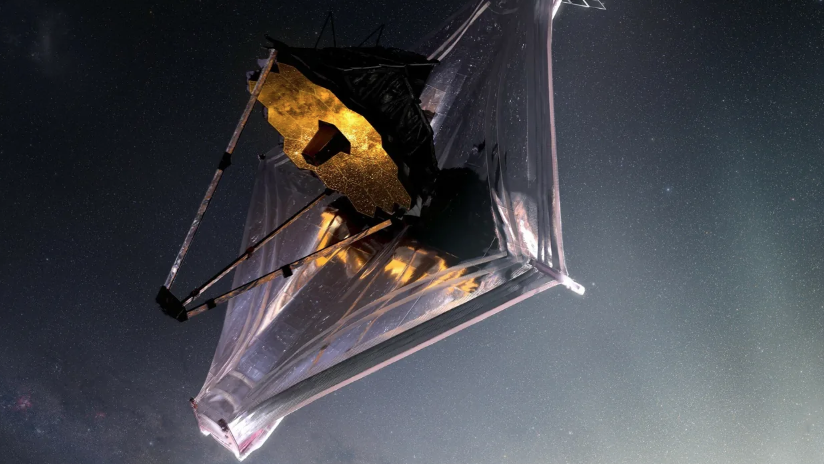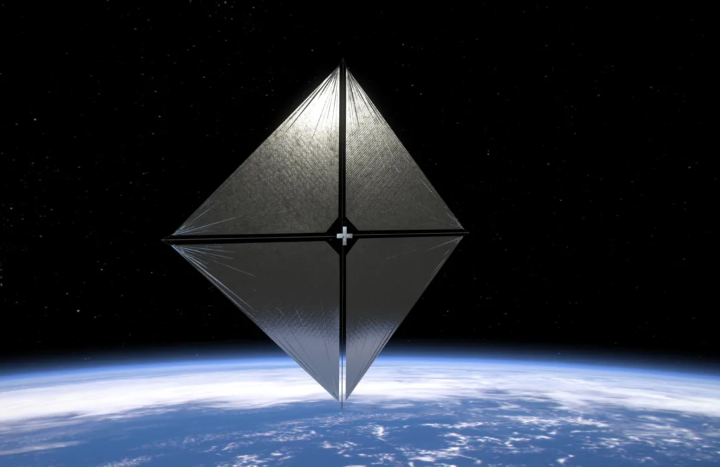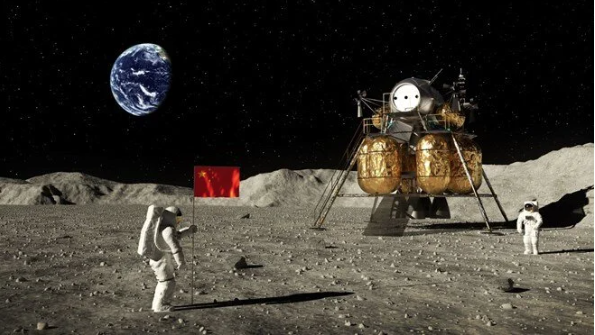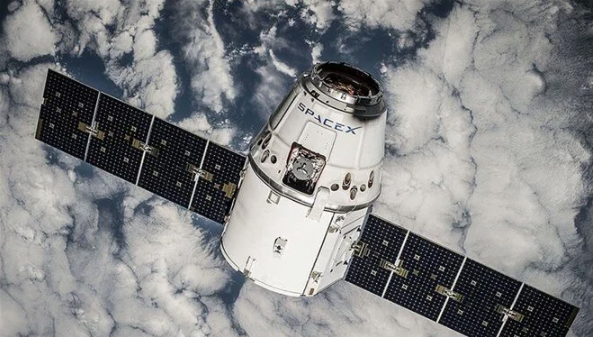At the moment, there is one man who is the sole arbiter of space, even deep space, and the greatest detective of all. The James Webb Space Telescope. Every day passes without the JWST solving another mystery. Astronomers have been seeing a kind of light emitted billions of years ago from some of the oldest galaxies, but many thought it shouldn’t be visible. That’s because at a crucial time in the history of the universe – a time called “reionization” when the first stars began to shine – space was filled with gas produced by the Big Bang.
Such a thick layer of gas should be hiding that light among the first stars and galaxies. But this is not the case. We can see light emitted by the first hydrogen atoms – the smallest atom and one of the first elements ever formed.
- NASA’s Mars helicopter Ingenuity makes final flight after rotor damage
- “Japan’s SLIM Moon Probe Achieves Precise Landing, JAXA Confirms”
“Many hypotheses have previously been put forward to explain the leakage of this ‘inexplicable’ emission,” says astronomer Callum Witten of the University of Cambridge, who led the new Webb research into this mystery:
One of the most puzzling issues raised by previous observations was the detection of light from hydrogen atoms in the very early universe, which should have been completely blocked by the pristine neutral gas that formed after the Big Bang.
But the Webb telescope, built with a massive mirror system to detect this extremely weak light and resolve extremely distant objects, provides a convincing answer.
https://twitter.com/ESA_Webb/status/1747921898464264628?ref_src=twsrc%5Etfw%7Ctwcamp%5Etweetembed%7Ctwterm%5E1747921898464264628%7Ctwgr%5E7faaaae2c840eba5e001691f6e87af8a32ebe622%7Ctwcon%5Es1_c10&ref_url=https%3A%2F%2Ftr.mashable.com%2Fuzay%2F12249%2Fderin-uzaydaki-gizemi-james-webb-cozdu-o-isik-neden-gorunuyor
It turns out that the “unexplained” light, previously suggested to come from a particular ancient galaxy, doesn’t actually come from just one galaxy. Webb found that these emissions were actually coming from groups of galaxies, but we couldn’t see them. These early galaxies were colliding and merging with each other (galaxies often collide), resulting in an extremely active cosmic environment.
Galactic collisions that give birth to new stars!
In new research published in the peer-reviewed journal Nature Astronomy, researchers found that this intense activity – galactic collisions that powerfully form new stars – produces strong light emissions and also paves the way for light to escape into space.
Webb’s image below shows the distant galaxy EGSY8p, located 13.2 billion light-years from Earth and surrounded by two other small galaxies – something that previous observations have failed to detect.
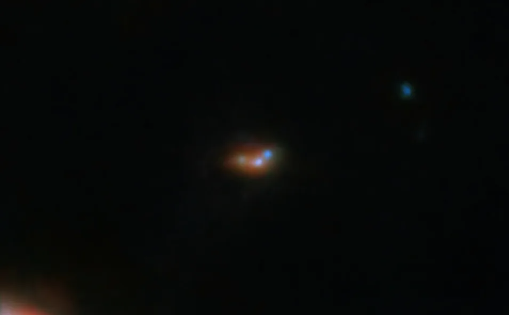
Sergio Martin-Alvarez, a researcher at Stanford University who worked on the new findings, said:
Where the Hubble Telescope sees only one large galaxy, Webb sees a cluster of smaller galaxies interacting, and this discovery is having a major impact on our understanding of the unexpected hydrogen emission from some of the first galaxies.
Astronomers will continue to point Webb at some of the oldest galaxies ever formed in an effort to understand how galaxies like the Milky Way came to be.
What are the outstanding capabilities of the James Webb Space Telescope?
The result of a scientific collaboration between NASA, ESA and the Canadian Space Agency, the impressive JWST is designed to peer into the deep cosmos and reveal new information about the early universe. But it is also studying planets and moons in our system, as well as other intriguing stars and planets in our galaxy.
So how does Webb achieve unparalleled success and will likely continue to do so for decades to come?
The giant mirror: Webb’s light-capturing mirror is 6.40 meters wide, two and a half times larger than Hubble’s mirror. Being able to capture more light allows Webb to see objects farther away. The telescope can even look at stars and galaxies that formed 13 billion years ago – just a few hundred million years after the Big Bang.
Infrared imaging: Unlike Hubble, Webb is an infrared telescope, meaning it can image in the infrared spectrum. Infrared has longer wavelengths and passes through cosmic clouds more easily. This allows Webb to reach places that Hubble can’t, providing never-before-seen cosmic images.
It can observe distant exoplanets: The Webb telescope has special equipment called spectrometers that could revolutionize our understanding of these distant realms. These instruments can decipher which molecules (such as water, carbon dioxide and methane) are present in the atmosphere of distant exoplanets, whether they are gas giants or small rocky planets. Webb will look for exoplanets in the Milky Way. Who knows what we will find?
“We may learn things we never thought of,” Mercedes López-Morales, an exoplanet researcher and astrophysicist at the Center for Astrophysics-Harvard & Smithsonian, told Mashable in 2021.
Astronomers have already successfully found intriguing chemical reactions on a planet 700 light-years away and, as described above, the observatory has begun to study one of the most curious places in the universe: TRAPPIST, the rocky, Earth-sized planets of the solar system.

